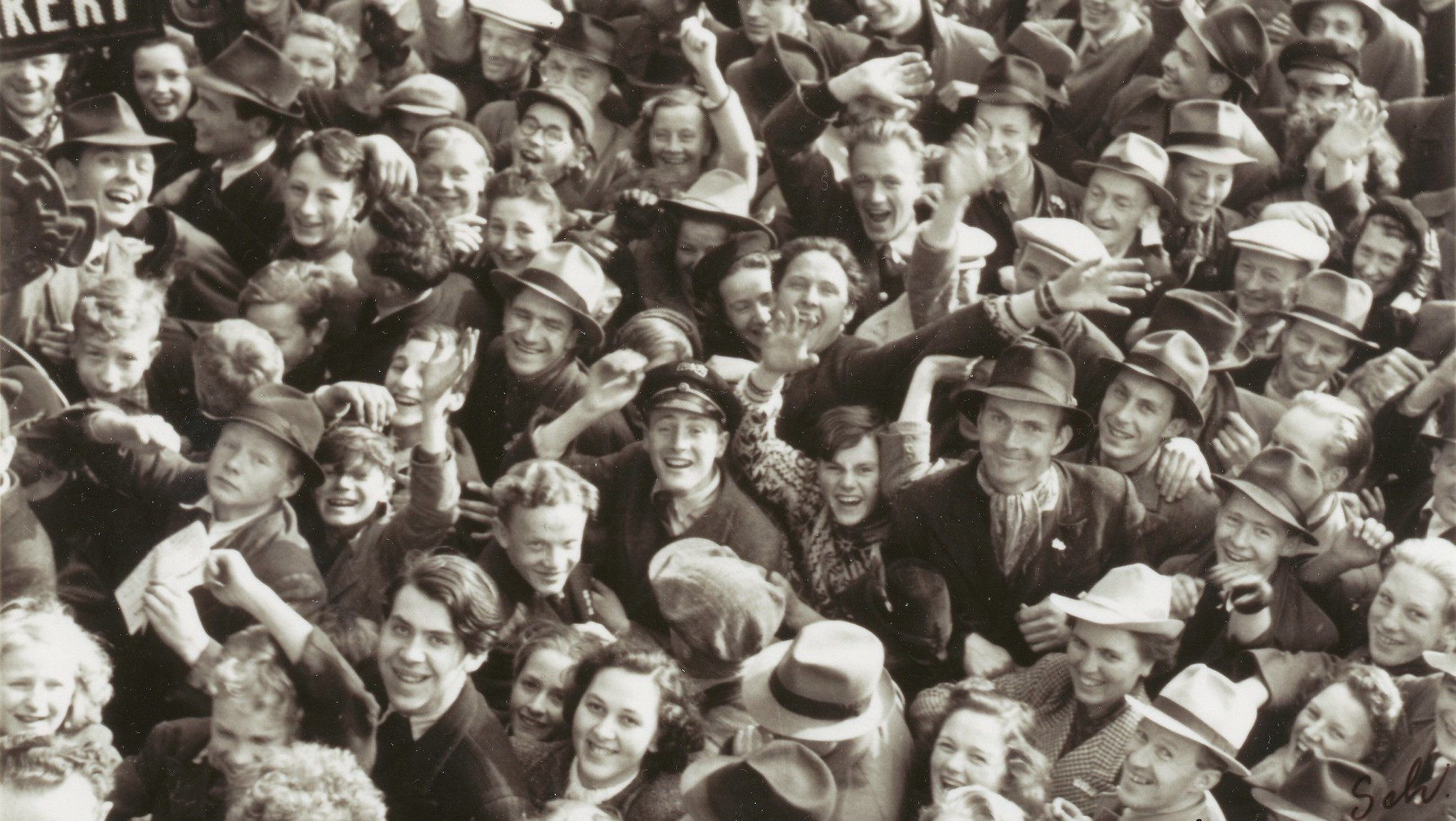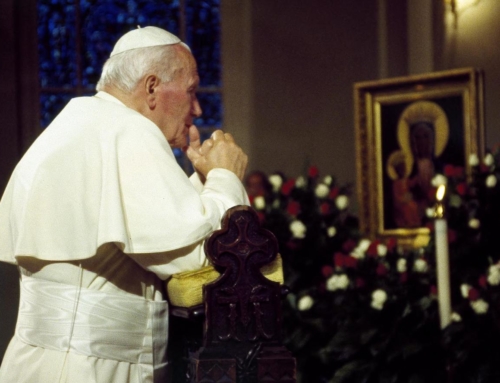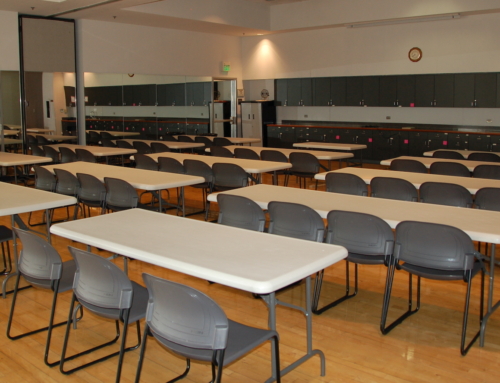Crowds possess power. They initiate political revolutions and overthrow governments. They contribute to home-field advantage in sports and stage fright in the performing arts. Whether violent like the mob that descended on the Bastille in Paris in 1789, or peaceful like the marchers of the civil rights movement, large groups of people have the potential to exert significant influence.
Today the Church sets a sizable crowd before us for contemplation—namely, all the saints. Celebrating every citizen of heaven in a single feast—both the well-known, memorialized patrons and the obscure, forgotten intimates of Christ—highlights just how many saints there are. Today’s liturgical prayers speak confidently of “the great array of our brothers and sisters” and “the prayers of so many intercessors.” Likewise, the pieces of art associated with All Saints Day (like this familiar altarpiece by Fra Angelico or the van Eyck brothers’ Adoration of the Mystic Lamb) show the saints packed in, shoulder-to-shoulder, looking together toward Jesus.
What, then, is the significance of this assertion that the saints constitute an immense crowd?
To begin, the size of this throng reminds us that no one follows Christ alone or in a small clique. In his letter explaining the words “for you and for many” during the consecration of the wine at Mass, Pope Emeritus Benedict XVI writes, “In today’s society we often feel that we are not ‘many,’ but rather few—a small remnant becoming smaller all the time. But no—we are ‘many.’” When we turn to the saints we see that the Church at its core is secure, even though ground conditions may appear bleak. We can rest in the knowledge that the Church militant is aided by an experienced, multitudinous Church triumphant as we navigate vicissitudes they have already traversed.
The multiplicity of the saints also demonstrates that holiness is possible regardless of our state in life or our past. A scene from Saint Augustine’s Confessions illustrates this well. Just before his famed conversion, Augustine still doubts that he can completely give up his precious habitual sins. Miserable and conflicted, he wants to follow Christ so desperately but supposes a chaste Christian life is impossible. Then he has this vision of Lady Continence:
With her I saw such hosts of young men and maidens, a multitude of youth and of every age, gray widows and women grown old in virginity, and in them all Continence herself . . . saying: “Can you not do what these men have done, what these women have done? Or could men and women have done such in themselves, and not in the Lord their God?” (Confessions, VIII.xi.27)
As Lady Continence did for Augustine, so the Church does for us today on this Solemnity of All Saints. She tries to induce us to be virtuous by capitalizing on our instinct to join the crowd and our fear of missing out (colloquially called “FOMO”), and by showing us living proof that sanctity is indeed possible when we are rooted in God.
At the beginning of this month dedicated to prayer for the faithful departed, we rightly begin by looking to the saints. Admission to that vast army is our goal, after all, and our prayer for all those we will commemorate tomorrow and throughout November.
Thus we pray that all the saints—the apostles, martyrs, pastors, doctors, virgins, holy men, holy women, and the Blessed Mother herself—may storm our garrisoned hearts today and persuade us, by following their example, to dethrone our egos and crown Jesus Christ as ruler of our lives. We also confidently ask that this same heavenly horde may welcome our beloved dead into their populous company forever.
✠







